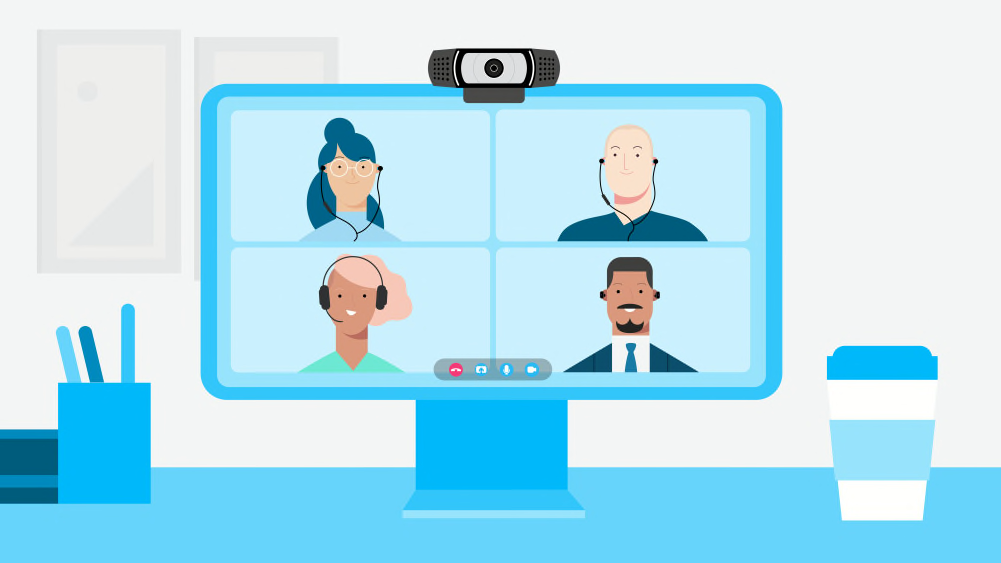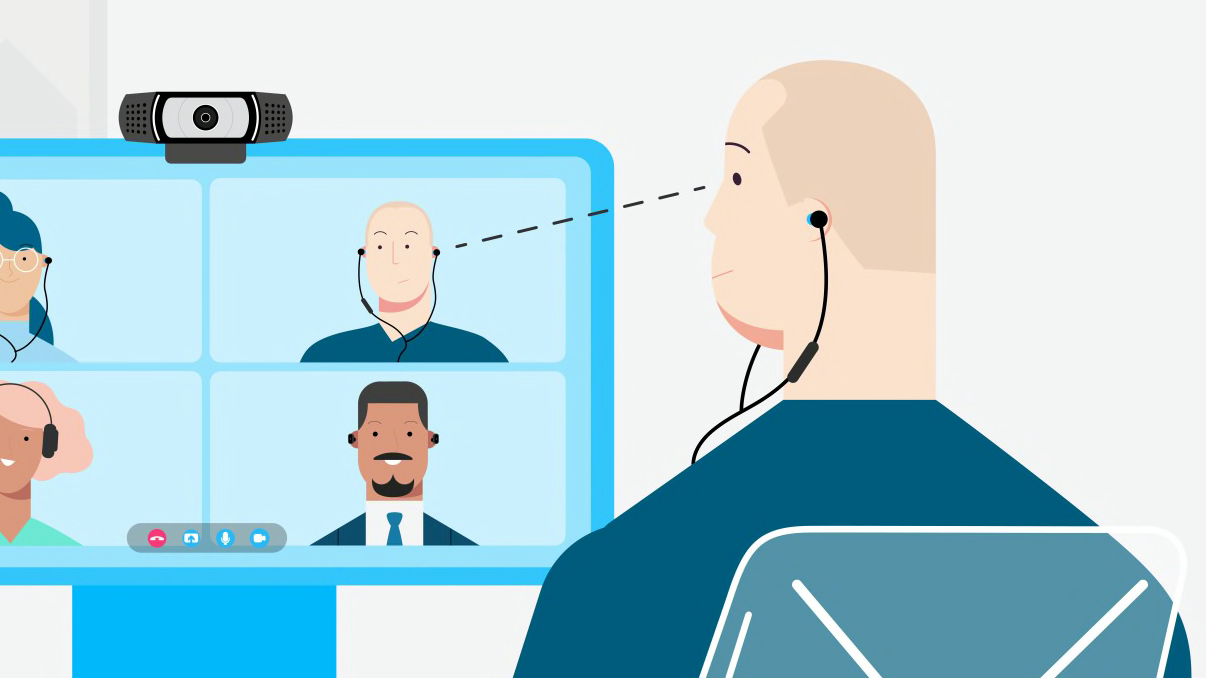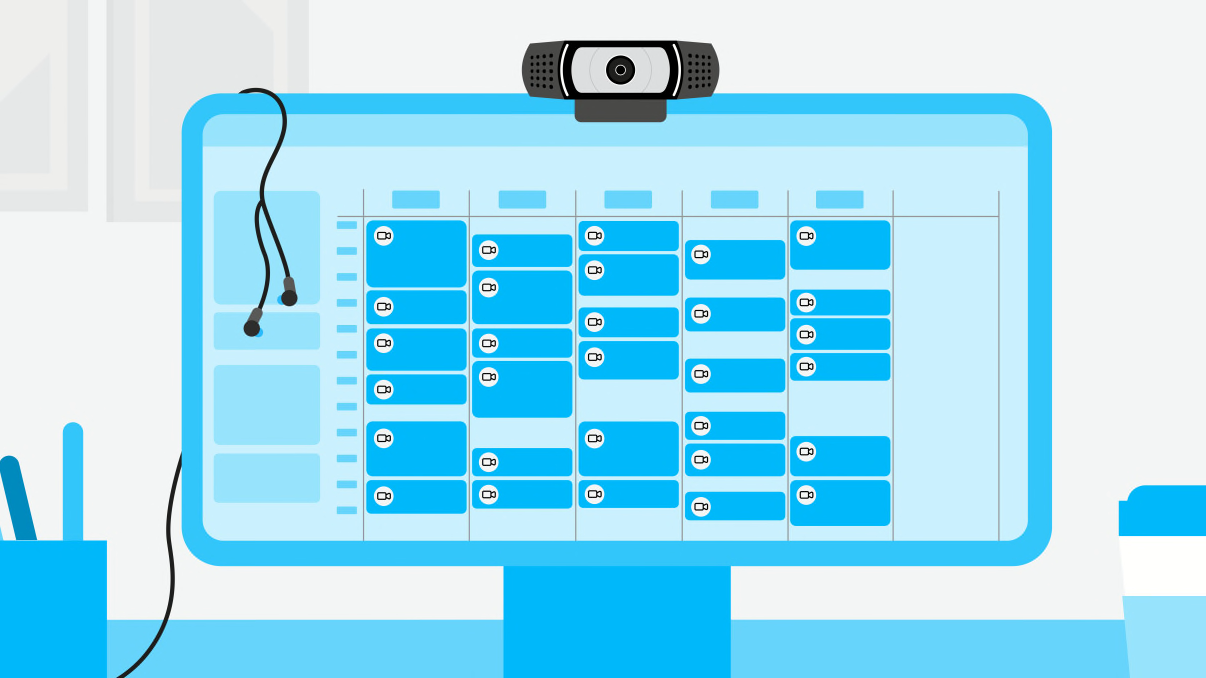As Video Meetings Increase, So Does Meeting Fatigue
Understanding the Causes and Cures for Virtual Meeting Fatigue

Video conferencing is one of the technologies that made remote work possible during the pandemic. Without video meetings, businesses could not easily maintain a remote workforce or contemplate a hybrid workplace. On the other hand, after more than a year of remote work and almost constant video meetings, many of us are ready to spend a little less time in video meetings. But is the problem with video conferencing itself — or how we use it?
In part one of this two-part series, we look at the question of why virtual meetings affect people differently than conference calls and how you might reduce the number of virtual meetings you attend. In part two, we look at specific strategies for fighting meeting fatigue.
Understanding What Causes Video Fatigue
Here’s what we know. Research backs up the idea — widely recognized by office employees themselves — that spending hours and hours on video calls can be exhausting. This phenomenon is so widespread that the term “Zoom fatigue” (due to Zoom’s popularity) has become a common phrase used to describe the feeling at the end of a long day of back-to-back video meetings.
The more accurate phrase is virtual meeting fatiguehttps://whatis.techtarget.com/definition/Zoom-fatigue-virtual-meeting-fatigue. And it’s a thing.
Dr. Gianpiero Petriglieri, a professor at the INSEAD business school in Europe, suggests that virtual meeting fatigue results from people being forced to pay more attention to non-verbal cues such as pitch and tone of voice, facial expressions, and body language – requiring the mind to work harder than it would in a face-to-face setting.https://en.wikipedia.org/wiki/Zoom_fatigue
This theory is supported by research from Dr. Jeremy Bailenson at Stanford University, who concludes that the main causes of virtual meeting fatigue are “excessive eye gaze, seeing yourself reflected back to you for many hours a day, being tethered to one physical location for extended periods of time, and increased difficulty in interpreting non-verbal cues.”https://www.cnbc.com/2021/05/25/firms-are-dialing-back-on-video-calls-to-avoid-zoom-fatigue.html
This “condition” wasn’t a widespread concern prior to COVID-19. For a workforce newly remote and working from home for the first time, video conferencing was a lifeline, enabling some sense of normalcy, connection to colleagues, and ability to collaborate.
But did this good thing turn out to be too much of a good thing? An analogy might help.

How Meeting Fatigue Is Like Email Overload
To understand the problems of virtual meeting fatigue – and potential solutions – it may be helpful to think about the role of email in the modern office.
We all understand how email can be overwhelming and anxiety-producing. A constant barrage of emails can feel like an attack on our productivity.
But the solution isn’t to stop using email. Because we also recognize how valuable it is for business and communication in general. Instead, the solution may be learning when to use email — and when not to.
For example, not every communication needs to be an email. Often a quick text, chat, or phone call will suffice and help avoid lengthy email threads. These and other strategies can help people manage their email and not feel overwhelmed by it.
The same general principles apply to video meetings.

A More Thoughtful Approach to Video Meetings
Having discovered its value, we know that video conferencing isn’t going away. But we also know that we need to better manage the number of video meetings and our presence in them to avoid feeling fatigue and burnout.
One step we can all take before scheduling a video meeting is to ask whether the meeting is even necessary. Can the topic be handled asynchronously – through chat, Slack, Google docs, Microsoft Teams, or even email itself?
Here are a few criteria to consider when deciding whether a video meeting is needed:
- Do you have a number of complex questions that can’t easily be answered in an email?
- Is a group discussion necessary to build consensus?
- Do you need immediate feedback that can’t wait for an email response?
- Is there value in building rapport with people you can’t meet with in person?
- Do you need to share or discuss visual information such as design ideas in a live forum?
Strategies for Fighting Meeting Fatigue
Reducing or managing the number of video meetings you attend is one approach. But given the likelihood you will continue to be invited to a large number of meetings, you’ll also need to draw on other strategies.
“We know that poor-quality audio and video are two factors that contribute to fatigue by causing people to strain to see or hear during meetings,” says Scott Wharton, VP & GM of Video Collaboration at Logitech. “Fortunately there are good ways to address these factors.”
Review the second part of this series for 10 specific suggestions to combat meeting fatigue.
YOU MAY ALSO BE INTERESTED IN
Browse Categories: